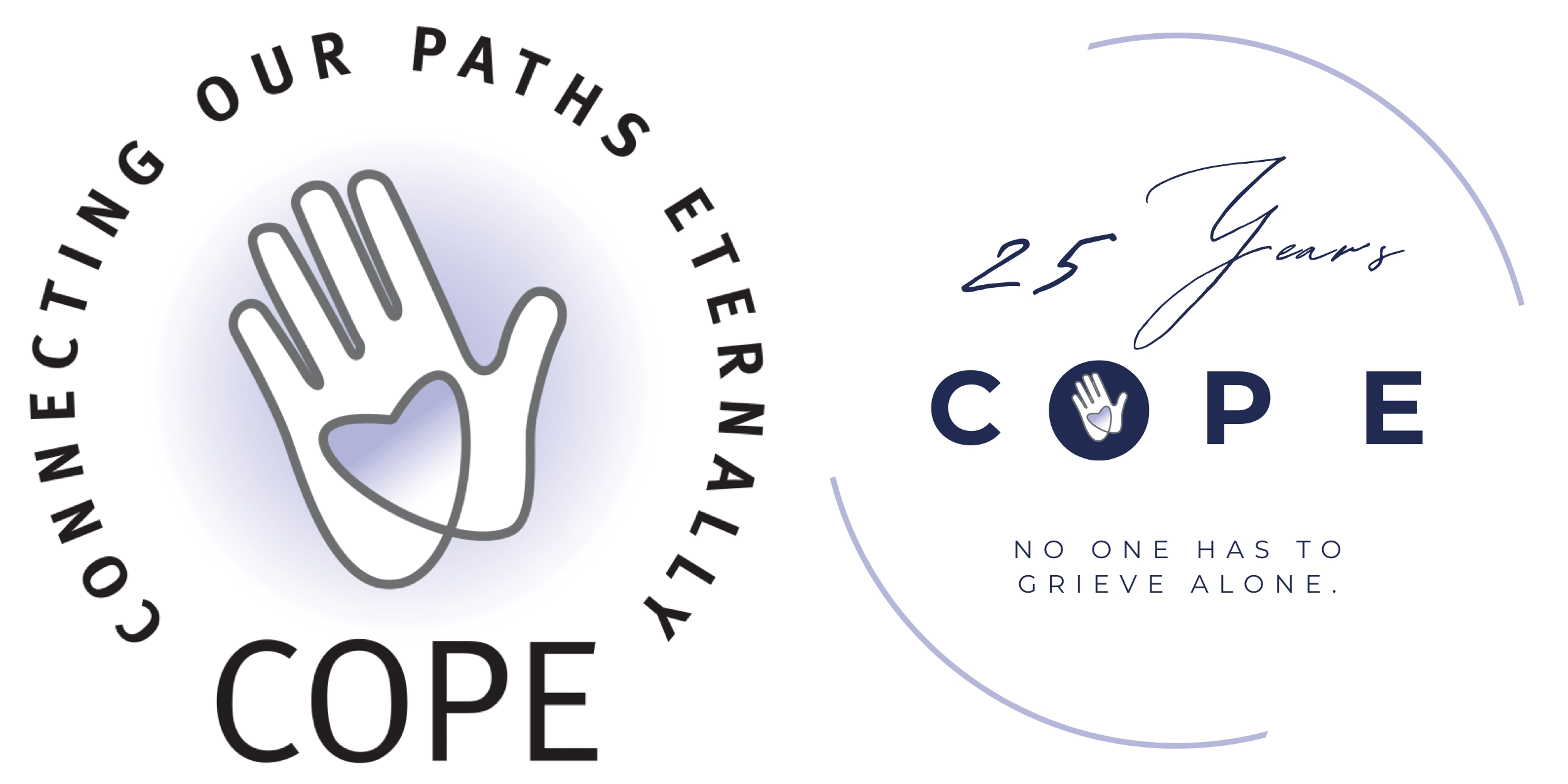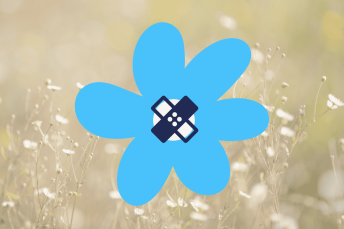The Legacies Our Loved Ones Leave Behind
Over the past two months, I attended the funerals and shivas for the mothers of two friends. I did not know either mother very well other than having met them through my friends’ weddings or having heard about them through their children and I knew that both had struggled with illness for many years.
I was there primarily to support my friends, but even over Zoom, I found myself enraptured and moved while listening to their various loved ones speak about them during their funerals. I felt honored to hear about their vibrant and rich lives and their tenacity in the face of their illnesses. The stories were genuine and raw, filled with fond memories and deep heartache, encapsulating each of their spirits.
As a child who went to many funerals of much older relatives, I was always surprised and intrigued to learn about their long lives full of interests and hobbies and quirky personality traits, as my limited childish capacity was only to have known them as “old.”
It was something that resonated with me again when I worked for 8 years in a hospital and we educated the staff on recognizing that our patients were more than just sick people in a hospital bed. Outside of the hospital they were mothers, sons, CEOs, and world travelers, who were defined by more than their illness. Patients often put photos of themselves doing the things they loved in their rooms so that staff saw this upon entering and remembered that this was a unique individual, not just another patient. It called on us as providers to recognize the humanity in medicine, illness, and death even through our compassion fatigue or burnout.
What struck me in ruminating on all of this after these funerals was how this impacts part of our grief process. Our journey might mostly feel like post-traumatic stress, but there can also be post-traumatic growth. Alongside our pain and mourning, part of our work in navigating our grief is finding that touchpoint that will allow us to remain connected to our loved one and recognize the impact of their life, no matter how short. The goal is not to get over our sadness or move on from missing our loved one, but to build those continuing bonds with them and find a new way to maintain or even grow that relationship in its different form.
We are able to do that because in many ways they are still with us. They remain in the memories we have or stories we share. In their children and grandchildren. In the beautiful watercolor art they made or the perfectly curated record collection they kept. They live on in how we adapt to this loss and make meaning in supporting those around us, honoring them through pursuing higher education or trying to perfectly mimic their best recipes, planting trees or putting a plaque on a bench in Central Park, or starting foundations to fund research for cancer or support bereaved individuals. This connection, growth, and meaning making can be an important piece of our healing process and allow their life to continue albeit in a different form.
—

